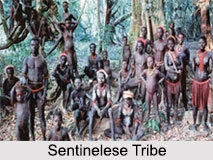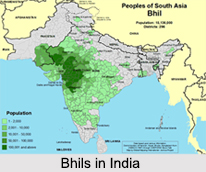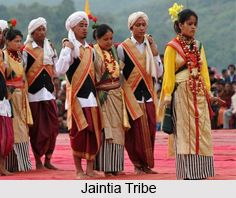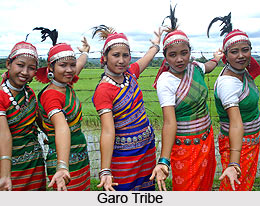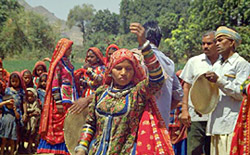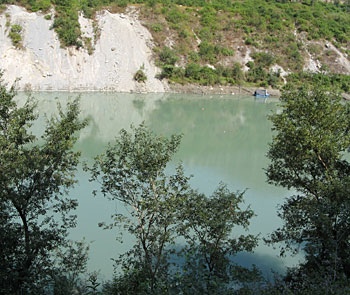 The Kekayas were a well-known tribe of ancient India who had played an important part not only in the events recorded in the Ramayana, but also in the great Kurukshetra war of Mahabharata. They were known as early as the Shatapatha Brahmana and the Chandogya Upanishad, and continued for some considerable time to be one of the important tribes of the Punjab. The territory of the Kekayas, according to the Ramayana, lay beyond the river Vipasa (Beas) and extended up to the borders of the ancient Gandhara kingdom.
The Kekayas were a well-known tribe of ancient India who had played an important part not only in the events recorded in the Ramayana, but also in the great Kurukshetra war of Mahabharata. They were known as early as the Shatapatha Brahmana and the Chandogya Upanishad, and continued for some considerable time to be one of the important tribes of the Punjab. The territory of the Kekayas, according to the Ramayana, lay beyond the river Vipasa (Beas) and extended up to the borders of the ancient Gandhara kingdom.
According to the Puranic tradition, the Kekayas had descended from the non-Aryan Anu tribe or the family known as the Anavas, who appear from the Rig Veda to have dwelt in the same territory of the Punjab as that later occupied by the Kekayas. Rajasekhara in his Kavyamimamsa has placed the Kekaya country in the northern division (Uttarapatha) of India, along with the Sakas, Hunas, Kambojas, Vahlikas, etc. In the Mahabharata they are associated with the Vahlikas, while in the Puranas more emphasis seems to be laid on their association with the Madras. Jain sources say that one half of the Kekaya kingdom was Aryan.
The earliest known king of the Kekayas was Asvapati. He was a theologian who is said to have instructed a number of Brahmanas. King Asvapati of the Ramayana was Kaikeyi`s father, the second queen of Dasaratha. The capital city of King Asvapati, according to the Ramayana, was Rajagriha.
History says that the Kekayas fought on Duryodhana`s side in the Kurukshetra war. Right from the Puranas the Kekayas seem to have been intimately related to the Usinaras and the Sivis, for they were traditionally descended from one of the four sons of Sivi Usinara. The latter is said to have originated the Sivis in Sivapura and extending his conquests westwards, to have found through his four sons the kingdoms of the Vrisadarbhas, Madras, Kekayas or Kaikeyas, and Suviras or Sauviras. In the Vishnu Purana mention is made of a king of Kekaya or Kaikeya.
History says that a branch of the Kekayas seems in later times to have migrated as far south as Mysore, where they had established a settlement. They were probably an ancient ruling family of Mysore, and were connected by marriage with the Iksvakus, a famous royal dynasty, known from inscriptions discovered from the ruins of the Jagayyapeta stupa in the Krishna district, as well as from Nagarjunakonda.

















